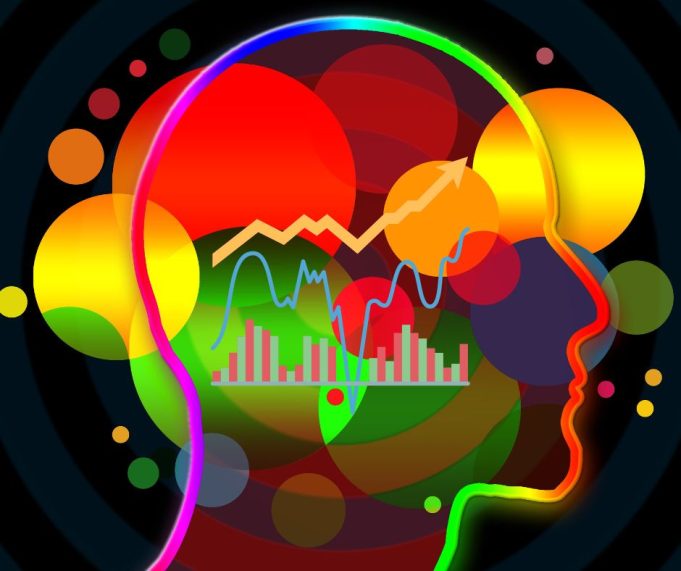The psychology of markets is a major area of interest for those involved in financial trading or investing. By understanding the emotions and sentiment of those involved in the markets, it is possible to gain insight into why prices and trends move in a certain way and what could be pushing them in a different direction. Market psychology theory suggests that the market as a whole reflects the psychological state of its participants.
The fundamental emotions of market participants can create several distinct market cycles. During a bull market, confidence and greed often take over, driving prices up and creating a positive sentiment. When the market begins to move sideways or decline, participants’ feelings of complacency and denial become more prominent, leading to a negative sentiment. As the decline continues, feelings of fear and panic often cause a ‘capitulation’, a wave of selling which marks the local bottom.
In order to capitalize on market moves, some investors attempt to read the ‘market sentiment’ in order to buy when there is panic (lower prices) and sell when there is greed (higher prices). However, reading a market correctly is rarely easy and predicting where it will go is even more difficult. Technical analysis like the Relative Strength Index (RSI) or Moving Average Convergence Divergence (MACD) can help to measure the psychological state of the market, however these indicators are at their most reliable in hindsight.
The Bitcoin bull market of 2017 showed the influence of market psychology. Even though the technology behind Bitcoin stayed the same throughout, the emotions of the market participants changed it’s price from $900 in January to its all-time high of $20,000 by December. The increase of euphoria and overconfidence eventually led to a wave of selling, setting off a correction and leaving many investors with significant losses.
Cognitive biases also often play a part in how markets change. Confirmation bias can cause investors to focus on positive news while ignoring bad news or signs that the market trend is changing. Loss aversion is the tendency to fear losses more than one enjoys gains, which can lead to traders missing good opportunities or panicking and selling near the bottom. The endowment effect is when people value what they own more than what they don’t, which can lead to mispriced assets or incorrect beliefs of the true value of crypto assets.
Market psychology drives many markets and cycles around the world, and understanding its patterns can often give an investor or trader a significant edge in their trading. Different emotions and cognitive biases play a major part in market movement and studying them can prove to be extremely valuable. The difficulty comes in deciding when the market has over-reacted to a news story, predicting which direction the market will go next, and most importantly, understanding our own psychology and how it is affecting our decision making.













